-
 Bitcoin
Bitcoin $117500
2.15% -
 Ethereum
Ethereum $3911
6.19% -
 XRP
XRP $3.316
10.79% -
 Tether USDt
Tether USDt $1.000
0.01% -
 BNB
BNB $787.2
2.24% -
 Solana
Solana $175.2
4.15% -
 USDC
USDC $0.9999
0.00% -
 Dogecoin
Dogecoin $0.2225
8.40% -
 TRON
TRON $0.3383
0.28% -
 Cardano
Cardano $0.7868
6.02% -
 Stellar
Stellar $0.4382
9.34% -
 Hyperliquid
Hyperliquid $40.92
7.56% -
 Sui
Sui $3.764
7.63% -
 Chainlink
Chainlink $18.48
10.66% -
 Bitcoin Cash
Bitcoin Cash $582.1
1.88% -
 Hedera
Hedera $0.2601
6.30% -
 Avalanche
Avalanche $23.33
4.94% -
 Ethena USDe
Ethena USDe $1.001
0.02% -
 Litecoin
Litecoin $122.3
2.04% -
 UNUS SED LEO
UNUS SED LEO $8.969
-0.27% -
 Toncoin
Toncoin $3.339
0.86% -
 Shiba Inu
Shiba Inu $0.00001287
4.30% -
 Uniswap
Uniswap $10.43
7.38% -
 Polkadot
Polkadot $3.861
5.08% -
 Dai
Dai $1.000
0.02% -
 Bitget Token
Bitget Token $4.513
3.41% -
 Monero
Monero $267.7
-6.18% -
 Cronos
Cronos $0.1499
4.14% -
 Pepe
Pepe $0.00001110
5.15% -
 Aave
Aave $284.9
8.28%
What are the margin requirements for Kraken contracts?
On Kraken Futures, margin acts as collateral for leveraged trades, with initial and maintenance margins helping prevent liquidation.
Aug 08, 2025 at 05:42 am
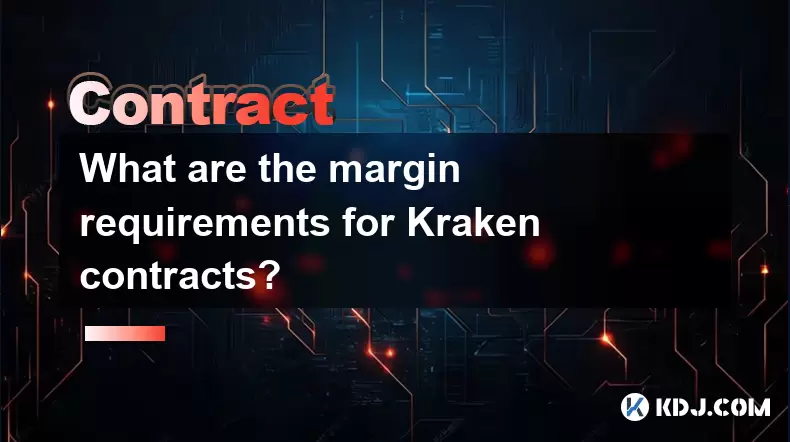
Understanding Margin in Kraken Futures Trading
When engaging in futures trading on Kraken, traders must understand that margin is the collateral required to open and maintain leveraged positions. Unlike spot trading, futures allow traders to control larger positions with a smaller amount of capital. However, this leverage increases both potential gains and risks. Kraken’s futures platform, known as Kraken Futures (formerly Cryptowatch Futures), operates with a system of initial margin and maintenance margin, both of which are essential to prevent liquidation. The initial margin is the minimum amount needed to open a position, while the maintenance margin is the threshold below which the account balance must not fall, or else a margin call or liquidation may occur.
Initial Margin Requirements on Kraken
The initial margin on Kraken varies depending on the specific contract and the level of leverage selected. Traders can choose from multiple leverage tiers, such as 2x, 5x, 10x, 25x, 50x, or even higher for certain pairs. For example, selecting 50x leverage means the initial margin requirement is 2% of the total position value. If a trader wants to open a $10,000 position with 50x leverage, they must deposit at least **$200** as initial margin. Kraken displays the required margin in real-time when placing an order, helping traders avoid errors. It's important to note that higher leverage reduces the margin needed but increases the risk of liquidation due to smaller price movements against the position.
Maintenance Margin and Liquidation Threshold
The maintenance margin acts as a safety net to keep a position open. On Kraken, this value is typically a percentage of the position size and varies by instrument. For instance, some perpetual contracts may require a 0.5% maintenance margin, while others might require up to 1%. If the equity in a trader’s margin account falls below this level due to adverse price movements, Kraken will initiate a liquidation process. During liquidation, the position is automatically closed at the prevailing market price to prevent further losses. The liquidation price is calculated dynamically and can be viewed in the trading interface before placing a trade. Traders are strongly advised to monitor their unrealized P&L and margin utilization rate to avoid unexpected liquidations.
How to Check Margin Requirements on Kraken
To view margin requirements for any futures contract on Kraken:
- Log in to your Kraken account and navigate to the Futures trading interface.
- Select the desired trading pair, such as BTC/USD or ETH/USD.
- In the order entry panel, choose either Limit, Market, or Stop order type.
- Input the desired order size or contract quantity.
- Observe the "Required Margin" field, which updates in real time based on leverage and position size.
- Adjust the leverage slider to see how different levels affect margin requirements.
- Review the liquidation price displayed below the order form to assess risk exposure.
This real-time feedback ensures transparency and helps traders make informed decisions. The interface also shows estimated entry and exit fees, funding rates for perpetual swaps, and current mark price, all of which influence margin calculations.
Isolated vs. Cross Margin Modes
Kraken supports Isolated Margin mode for futures trading. In this mode, traders allocate a specific amount of margin to a single position, limiting the risk to only that allocated amount. This prevents the entire account balance from being used as collateral for one trade. For example, if a trader sets $500 as isolated margin** for a BTC futures contract, only that $500 is at risk for that position, regardless of other holdings. This mode enhances risk management, especially for traders using high leverage. Cross Margin** is not currently available on Kraken Futures, meaning users cannot automatically use their entire account balance as collateral across multiple positions. This design choice prioritizes safety and prevents cascading liquidations across unrelated trades.Funding Rates and Their Impact on Margin
In perpetual futures contracts on Kraken, funding rates are periodically exchanged between long and short positions to align the contract price with the underlying spot price. These payments can affect a trader’s margin balance over time. If you hold a long position and the funding rate is positive, you will pay funding to short holders, reducing your available margin. Conversely, if you hold a short position during a positive funding rate, you receive payments, increasing your margin. Funding occurs every 8 hours, and the rate is determined by the difference between the perpetual contract price and the index price. Traders should factor in funding costs when calculating breakeven points and potential profitability, as prolonged positions can accumulate significant funding expenses or gains.FAQs
Q: Can I change the leverage after opening a futures position on Kraken?
Yes, Kraken allows traders to adjust leverage for open positions in Isolated Margin mode. Navigate to the position tab, select the active position, and use the leverage adjustment tool. Increasing leverage reduces the margin buffer and brings the liquidation price closer, while decreasing leverage has the opposite effect.Q: What happens if my position gets liquidated on Kraken?
Upon liquidation, Kraken’s system automatically closes the position at the best available market price. A liquidation fee may be charged, typically equal to a percentage of the position value. The remaining margin, if any, is returned to the account. Traders are not liable for losses beyond their initial margin.Q: Are there minimum account balance requirements to trade futures on Kraken?
No, Kraken does not enforce a minimum account balance to access futures trading. However, traders must have sufficient funds to meet the initial margin and maintenance margin for their intended position. Small accounts face higher relative risk due to limited buffer against volatility.Q: How does Kraken calculate the liquidation price for a futures contract?
The liquidation price is calculated based on the entry price, leverage, maintenance margin rate, and fees. It assumes that all unrealized losses consume the allocated margin until it reaches the maintenance threshold. The exact formula is proprietary but considers mark price, not last traded price, to prevent manipulation.
Disclaimer:info@kdj.com
The information provided is not trading advice. kdj.com does not assume any responsibility for any investments made based on the information provided in this article. Cryptocurrencies are highly volatile and it is highly recommended that you invest with caution after thorough research!
If you believe that the content used on this website infringes your copyright, please contact us immediately (info@kdj.com) and we will delete it promptly.
- FTT Token's Wild Ride: Creditor Repayments vs. Market Drop - A New Yorker's Take
- 2025-08-08 07:10:12
- Floki Crypto Price Prediction: Riding the Robinhood Rocket or Just a Meme?
- 2025-08-08 07:15:12
- EigenLayer, Restaking, and Ethereum: Navigating the Hype and the Hazards
- 2025-08-08 06:30:12
- Super Bowl 59: Jon Batiste to Jazz Up the National Anthem
- 2025-08-08 06:30:12
- Cold Wallet Crypto in 2025: The Future is Now, Ya'll
- 2025-08-08 05:10:13
- MAGACOIN, SOL, and ADA: A Tale of Shifting Tides in Crypto
- 2025-08-08 05:10:13
Related knowledge
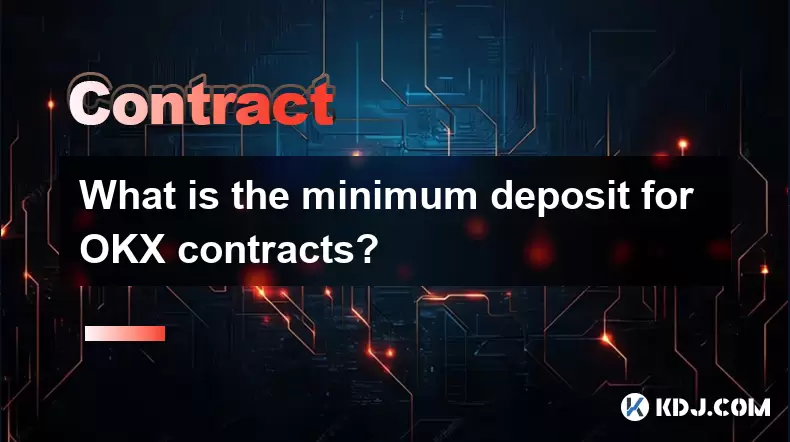
What is the minimum deposit for OKX contracts?
Aug 08,2025 at 07:00am
Understanding OKX Contract Trading BasicsOKX is one of the leading cryptocurrency derivatives exchanges, offering a wide range of perpetual and future...
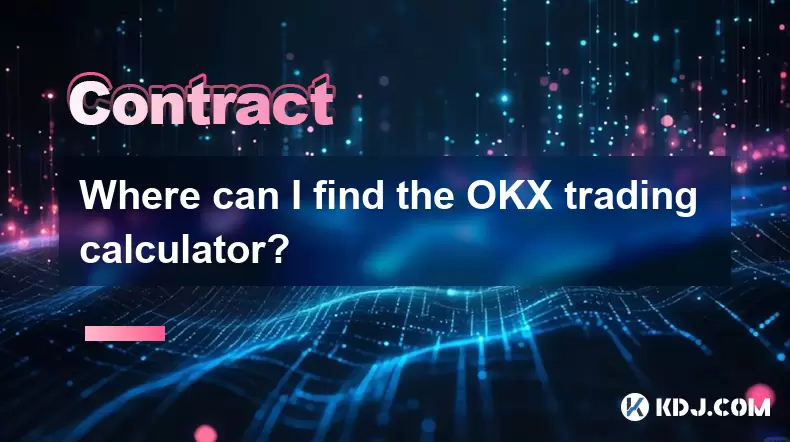
Where can I find the OKX trading calculator?
Aug 08,2025 at 07:49am
Understanding the OKX Trading Calculator FunctionalityThe OKX trading calculator is a powerful analytical tool designed to assist traders in estimatin...
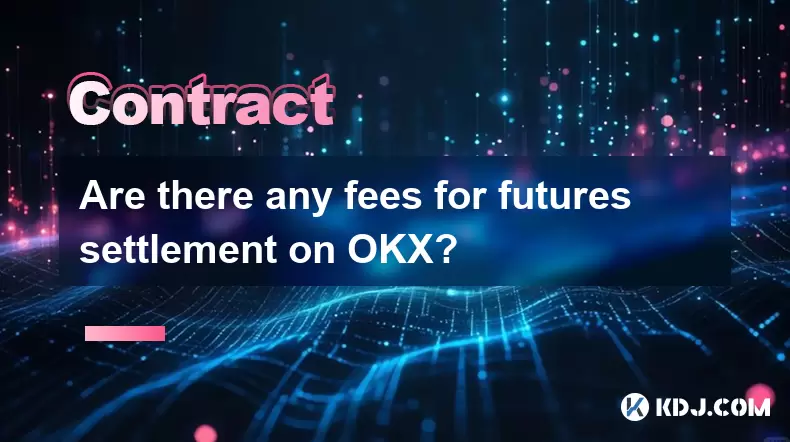
Are there any fees for futures settlement on OKX?
Aug 08,2025 at 05:35am
Understanding Futures Settlement on OKXFutures settlement on OKX refers to the process by which open futures contracts are automatically closed or mar...
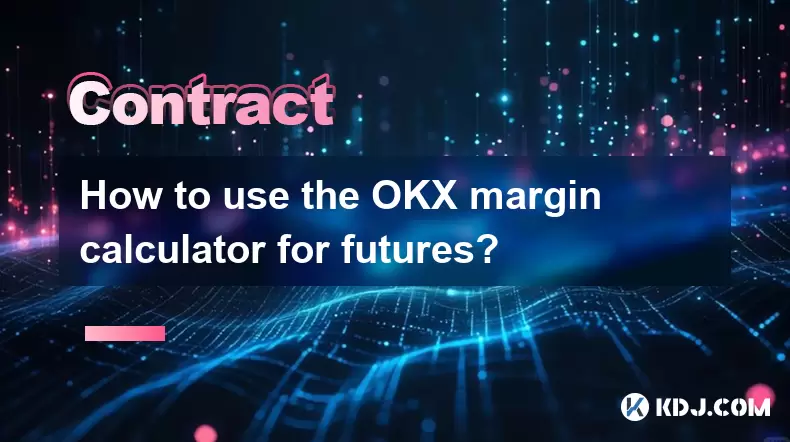
How to use the OKX margin calculator for futures?
Aug 08,2025 at 05:15am
Understanding the OKX Margin Calculator for FuturesThe OKX margin calculator is a specialized tool designed to assist traders in estimating the requir...
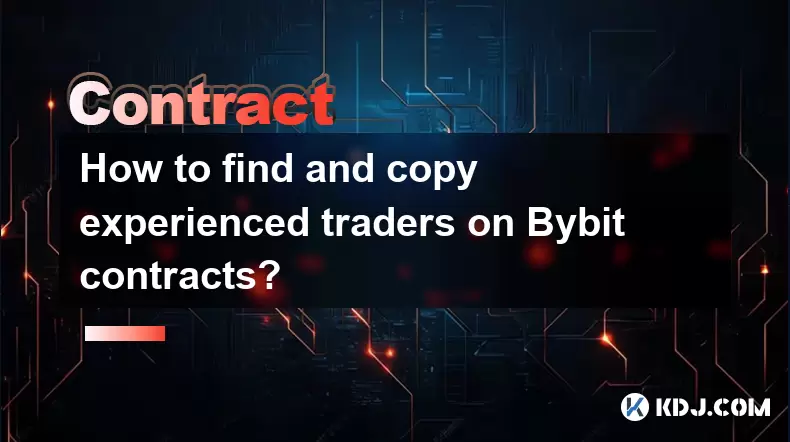
How to find and copy experienced traders on Bybit contracts?
Aug 08,2025 at 06:00am
Understanding Copy Trading on BybitBybit offers a copy trading feature that allows users to automatically replicate the contract positions of experien...
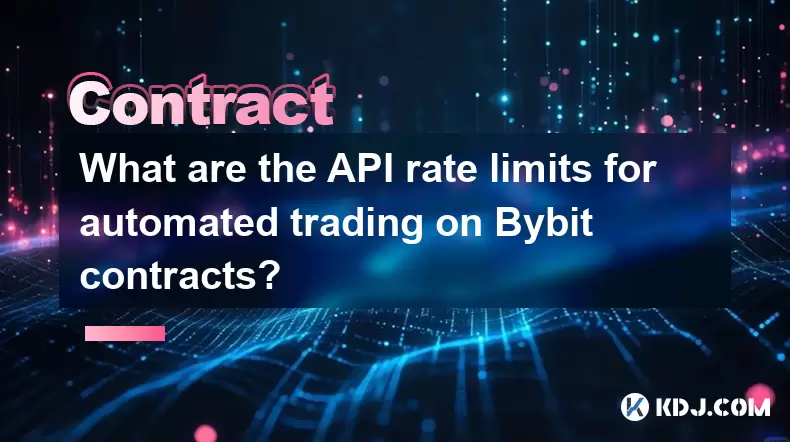
What are the API rate limits for automated trading on Bybit contracts?
Aug 08,2025 at 06:08am
Understanding API Rate Limits on BybitWhen engaging in automated trading on Bybit contracts, understanding the API rate limits is essential to prevent...

What is the minimum deposit for OKX contracts?
Aug 08,2025 at 07:00am
Understanding OKX Contract Trading BasicsOKX is one of the leading cryptocurrency derivatives exchanges, offering a wide range of perpetual and future...

Where can I find the OKX trading calculator?
Aug 08,2025 at 07:49am
Understanding the OKX Trading Calculator FunctionalityThe OKX trading calculator is a powerful analytical tool designed to assist traders in estimatin...

Are there any fees for futures settlement on OKX?
Aug 08,2025 at 05:35am
Understanding Futures Settlement on OKXFutures settlement on OKX refers to the process by which open futures contracts are automatically closed or mar...

How to use the OKX margin calculator for futures?
Aug 08,2025 at 05:15am
Understanding the OKX Margin Calculator for FuturesThe OKX margin calculator is a specialized tool designed to assist traders in estimating the requir...

How to find and copy experienced traders on Bybit contracts?
Aug 08,2025 at 06:00am
Understanding Copy Trading on BybitBybit offers a copy trading feature that allows users to automatically replicate the contract positions of experien...

What are the API rate limits for automated trading on Bybit contracts?
Aug 08,2025 at 06:08am
Understanding API Rate Limits on BybitWhen engaging in automated trading on Bybit contracts, understanding the API rate limits is essential to prevent...
See all articles

























































































